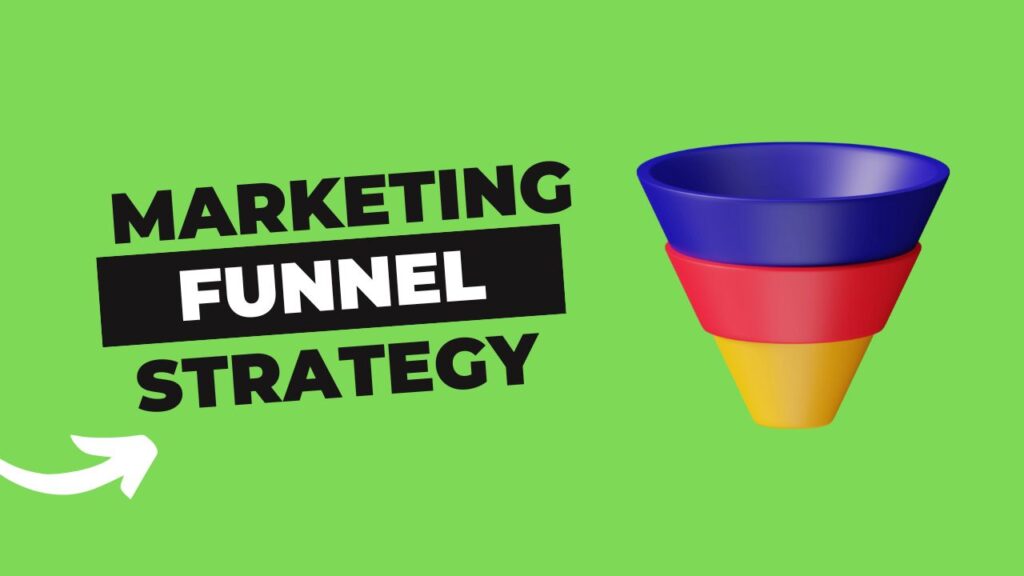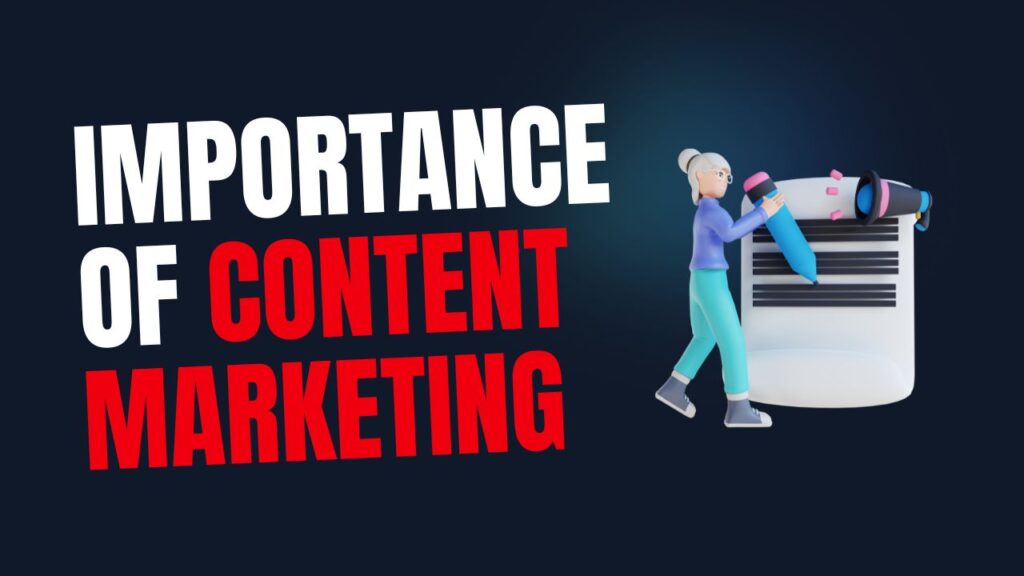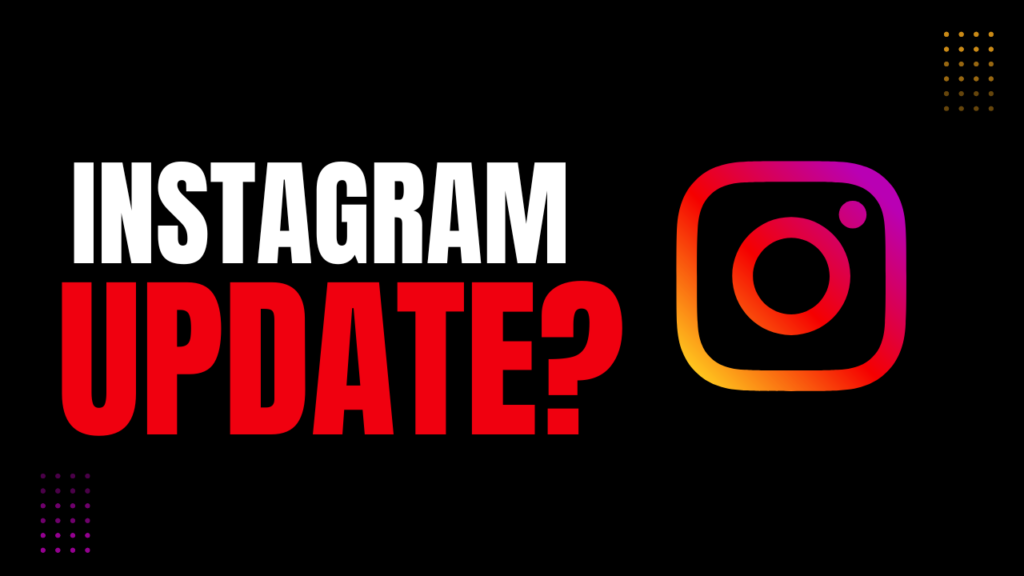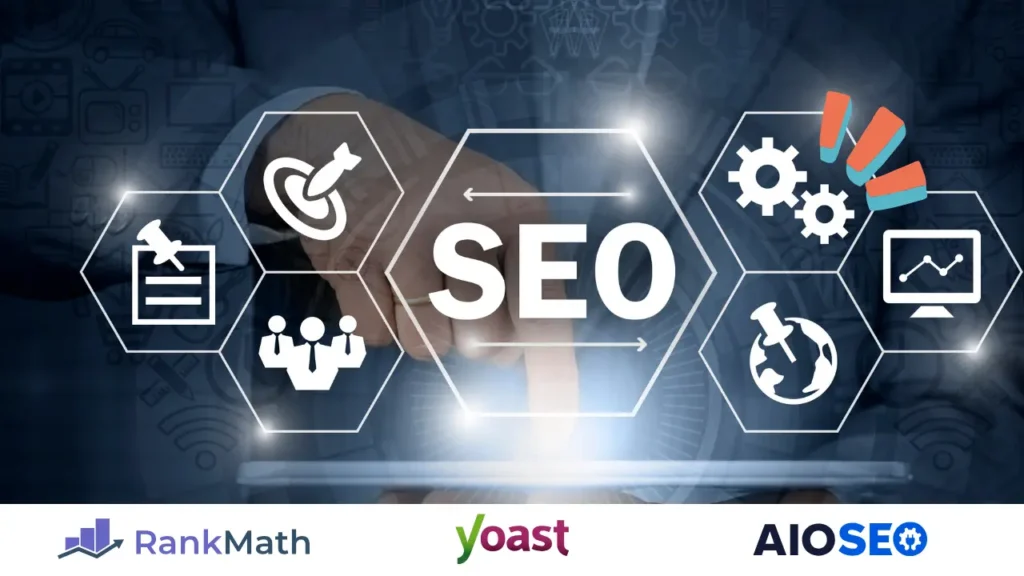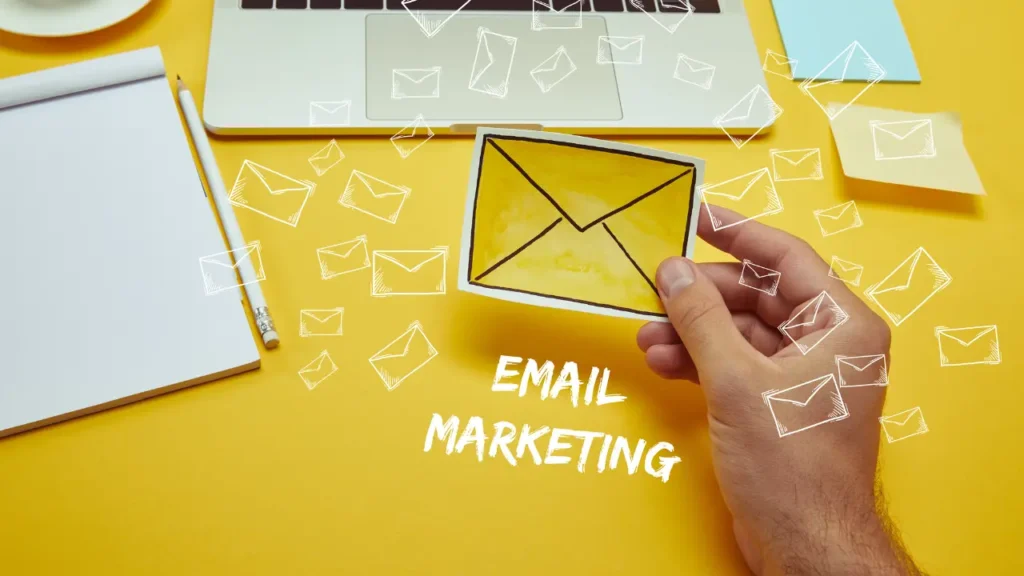What is a Marketing Funnel Strategy? A Simple Guide to Boost Your Business
What is a Marketing Funnel? A marketing funnel is a model that shows the journey a customer takes from discovering your brand to making a purchase. It’s called a “funnel” because, at each stage, the number of potential customers narrows down as they move closer to becoming paying customers. The funnel is divided into three main stages: Top of the Funnel (TOFU) Middle of the Funnel (MOFU) Bottom of the Funnel (BOFU) Let’s explore each stage in detail. 1. Top of the Funnel (TOFU): Attracting Awareness At the top of the funnel, your goal is to attract as many people as possible and make them aware of your brand. Most people at this stage are just discovering their problem or need and aren’t ready to buy yet. Strategies for TOFU: Create educational content like blogs, videos, or infographics. Use social media ads to reach a wider audience. Focus on SEO to rank higher on search engines. Offer free resources like eBooks or webinars. For example, if you’re offering digital marketing services in Kerala, you could write a blog like “5 Reasons Why Digital Marketing is Essential for Businesses in Kerala” to attract potential students. 2. Middle of the Funnel (MOFU): Building Interest and Engagement At this stage, potential customers know about your brand and are considering their options. Your goal is to nurture their interest and build trust. Strategies for MOFU: Share case studies, testimonials, or product demos. Send personalized emails to educate them further. Offer free trials or consultations. Use retargeting ads to stay top-of-mind. 3. Bottom of the Funnel (BOFU): Converting Leads into Customers At the bottom of the funnel, your leads are ready to make a decision. Your goal is to convince them to choose your product or service over competitors. Strategies for BOFU: Offer discounts, limited-time offers, or free shipping. Provide detailed product comparisons or FAQs. Use live chat or chatbots to answer last-minute questions. Highlight customer reviews and testimonials. For example, you could offer a special discount for early enrollment in your digital marketing training in Kerala to encourage sign-ups. Why is a Marketing Funnel Strategy Important? A well-planned marketing funnel strategy helps you: Understand your customer’s journey. Tailor your messaging to each stage of the funnel. Improve conversion rates and ROI. Build long-term relationships with customers. Tips for Creating an Effective Marketing Funnel Know Your Audience: Understand their needs, pain points, and preferences. Use the Right Tools: Tools like Google Analytics, CRM software, and email marketing platforms can help you track and optimize your funnel. Test and Improve: Continuously analyze your funnel’s performance and make adjustments as needed. How to Measure the Success of Your Marketing Funnel To ensure your marketing funnel strategy is working, you need to track key metrics at each stage: Top of the Funnel (TOFU): Website traffic Social media engagement Content downloads (e.g., eBooks, webinars) Middle of the Funnel (MOFU): Email open and click-through rates Lead conversion rates Time spent on your website Bottom of the Funnel (BOFU): Sales conversion rates Customer acquisition cost (CAC) Return on investment (ROI) By monitoring these metrics, you can identify what’s working and where you need to improve. Common Mistakes to Avoid in Marketing Funnel Strategy Ignoring the Customer Journey: Don’t focus only on sales. Understand and address the needs of customers at each stage. Lack of Personalization: Generic messages won’t resonate. Tailor your content and offers to your audience’s preferences. Skipping Follow-Ups: Many leads need multiple touchpoints before converting. Use email marketing and retargeting ads to stay connected. Final Thoughts A marketing funnel strategy is a powerful way to guide potential customers through their journey, from awareness to purchase. Whether you’re a business owner or someone interested in digital marketing training in Kerala, understanding and implementing a marketing funnel can help you achieve your goals.
What is a Marketing Funnel Strategy? A Simple Guide to Boost Your Business Read More »

